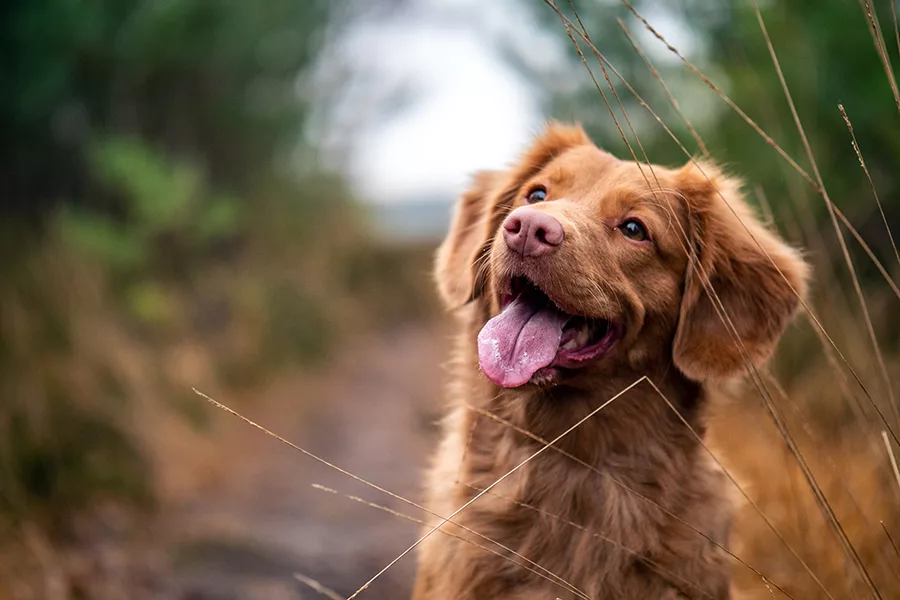
Home » Your best friend can be a strict liability
Your best friend can be a strict liability

December 16, 2019
By Beau Ruff
Personal liability exposure is an important planning consideration. A person should be able to identify potential risks and assess means to mitigate those risks with the ultimate goal of reducing liability and the costs associated with the liability. In the world of liability, “man’s best friend” presents notable liability traps for the unwary.
Consider the
world of torts (also known as “personal injury”). Torts encompass the body of
law that holds one person (the tortfeasor) liable for his or her actions to
another person. When one person negligently injures another, the person causing
the harm is held monetarily liable for the action.
In a typical
action (lawsuit), the injured party must prove that the tortfeasor did
something (act of commission) that a reasonable person would not have done and
it caused injury. Or, the injured party must prove that the tortfeasor failed
to do something (act of omission) that a reasonable person would have done and
the omission caused injury.
A key concept is
the idea of negligence. Did the tortfeasor do something negligent that caused
injury to another? In a rear-ended car crash, the owner of the car that got
rear-ended would need to prove that a reasonable person would have stopped the
car, and thus the tortfeasor would be liable because he failed to act as a
reasonable person. Or maybe a shopper on a commercial property fell down a
flight of stairs. The shopper would then attempt to prove negligence – the
owner failed to provide safeguards like handrails, traction on steps and proper
lighting, etc. A threshold issue in a regular personal injury case is whether
or not the tortfeasor was negligent.
Now, consider
your dog. Dogs are in a special class of torts usually reserved for inherently
dangerous or abnormally dangerous activities: the strict liability category.
That is, if your dog injures someone, the injured party need not prove
negligence. The question of what a reasonable person would do is irrelevant.
You’re liable, no matter what.
For example, if
you diligently keep your pup on a short leash in public but it nonetheless
bites someone, the owner is liable for the injuries and the damages caused by
the bite. Further, even if the owner did not know and had no reason to know
that the dog might bite someone (“he’s never done anything like that before”),
the owner is still held liable for the injury. This means you are liable to
cover not only the medical costs of the victim, but the emotional damage that
could be claimed as well.
Let’s say you
host a party (maybe even a kid’s birthday party) and one of the attendees gets
bit on your own property. Same rules apply. The dog owner is held strictly
liable for the actions of the dog.
The law imposes
even more stringent rules if your dog has bitten previously. If your dog has
bitten someone once, that dog might be classified as a “dangerous dog” by your
city, county, or other governmental agency. Dangerous dogs are required to be
kept in special enclosures. And, when out of the enclosure, the dog must be
muzzled and restrained. The owner also must secure special liability insurance
for dangerous dogs. The owner’s failure to follow the rules pertaining to a
dangerous dog can lead to confiscation of the dog by animal control, the dog
may be potentially put down, and the owner may be guilty of a misdemeanor (or a
felony for a second offense).
Now, of course
there are exceptions to these that you might well imagine. If your dog bit the
burglar in your house, the owner is not liable. If the person injured was
purposefully provoking the dog, the owner may not be liable.
The point here is
that a dog owner must go above and beyond a regularly prudent person to protect
against strict liability. Check your insurance policy to see if it covers dog
bites and make sure you have enough for the worst case scenario. Be a
responsible dog owner. Keep the dog on a
leash when outside your private property. Avoid taking untrained dogs into
public. Avoid taking any dogs to areas where the stimulus present might
reasonably cause the dog to act differently. Take the time to properly train
your best friend and continue working with him to help you (the owner)
understand the dog’s limits.
Dogs are
definitely the best “piece of property” you can own, so make sure you protect
yourself and your property from liability risks so you can spend more time
enjoying your dog and less time worrying.
Beau Ruff, a licensed attorney, is the director of planning at Cornerstone Wealth Strategies, a financial planning firm in Kennewick.
Local News
KEYWORDS december 2019





